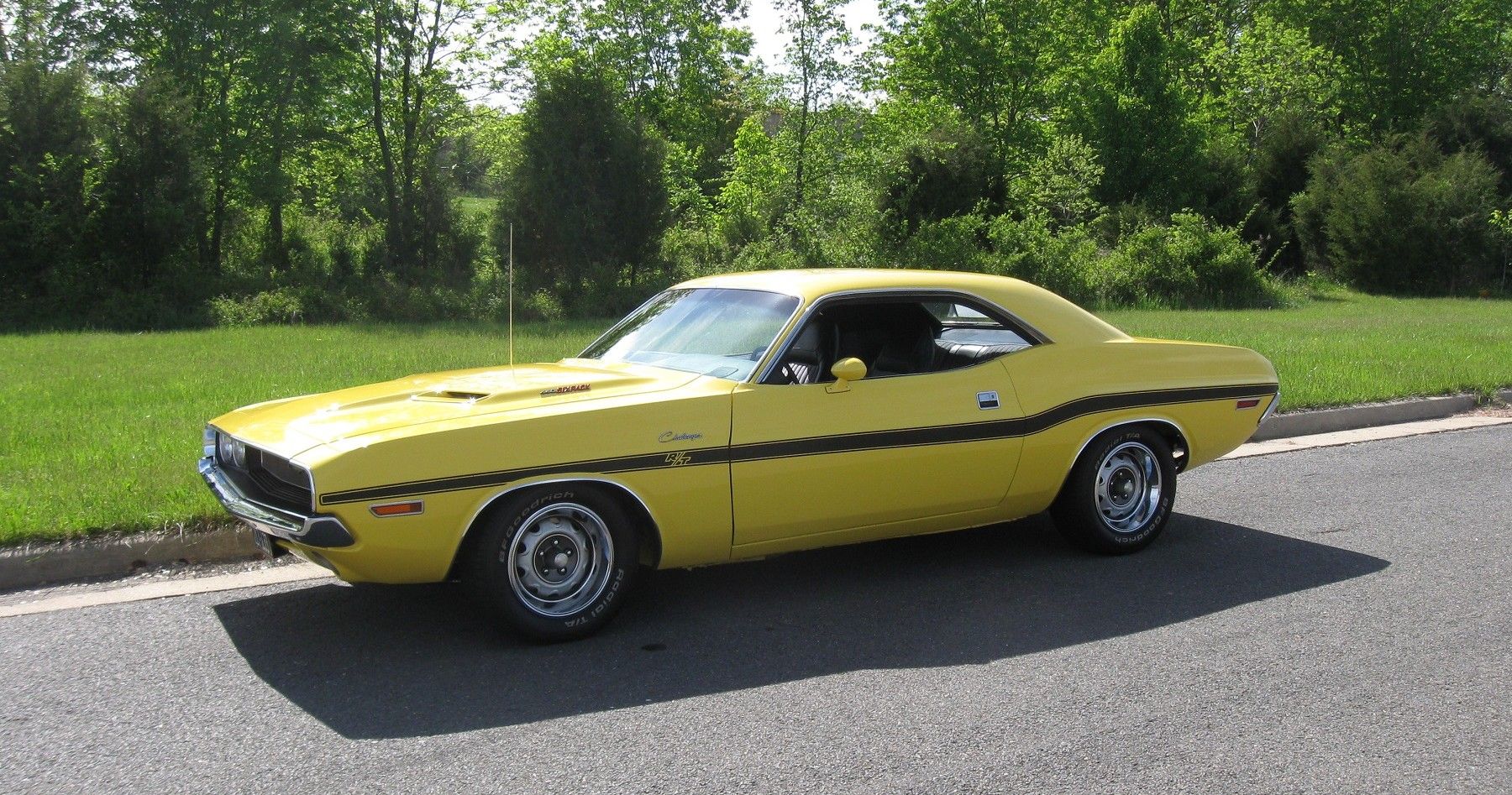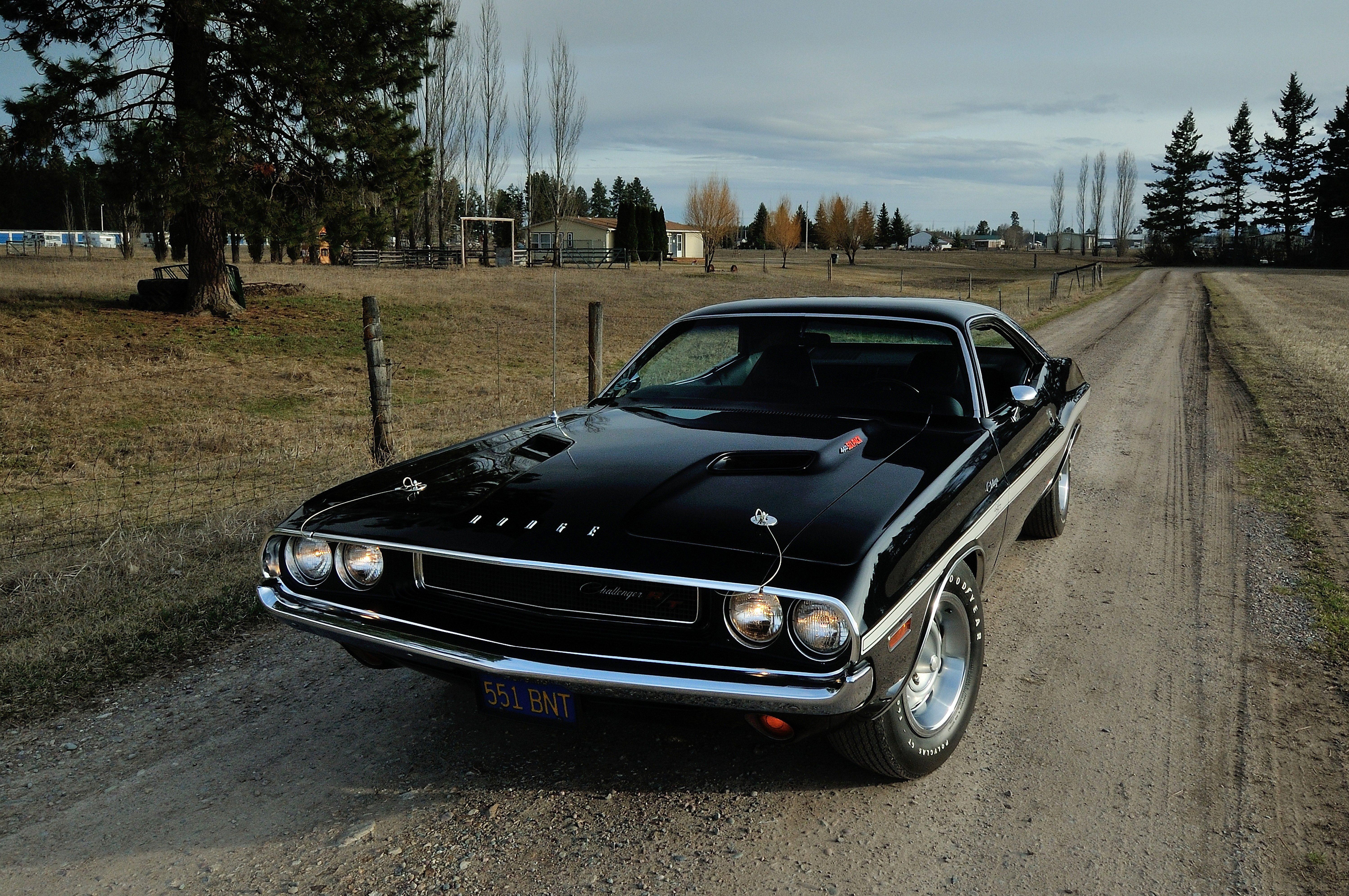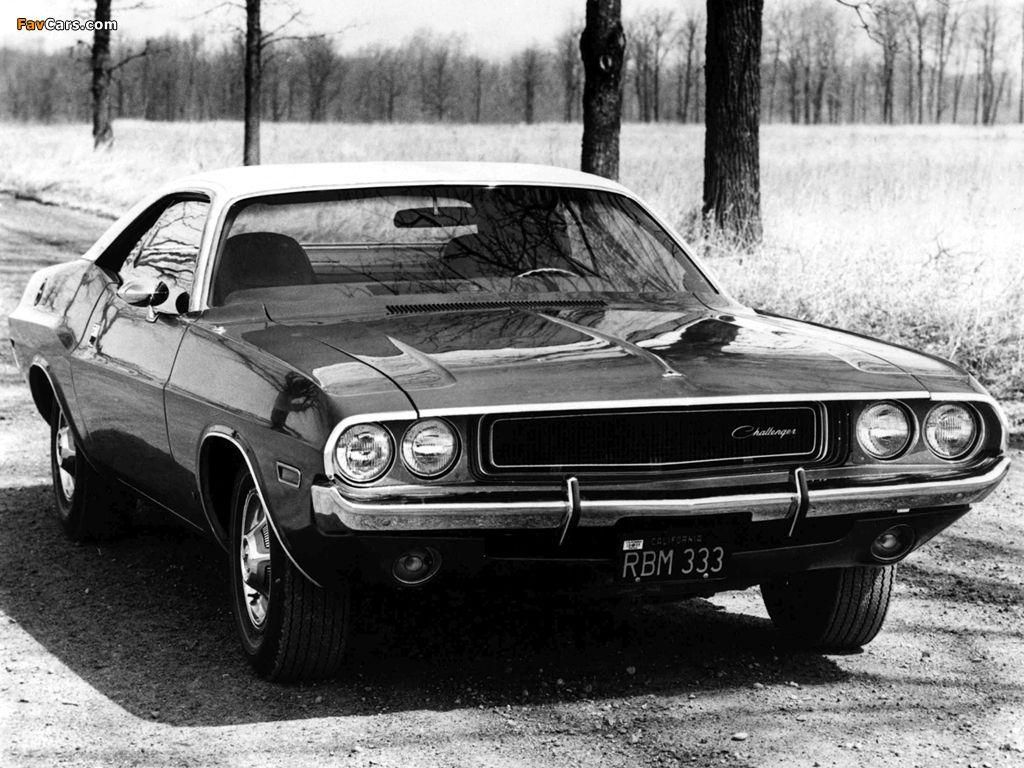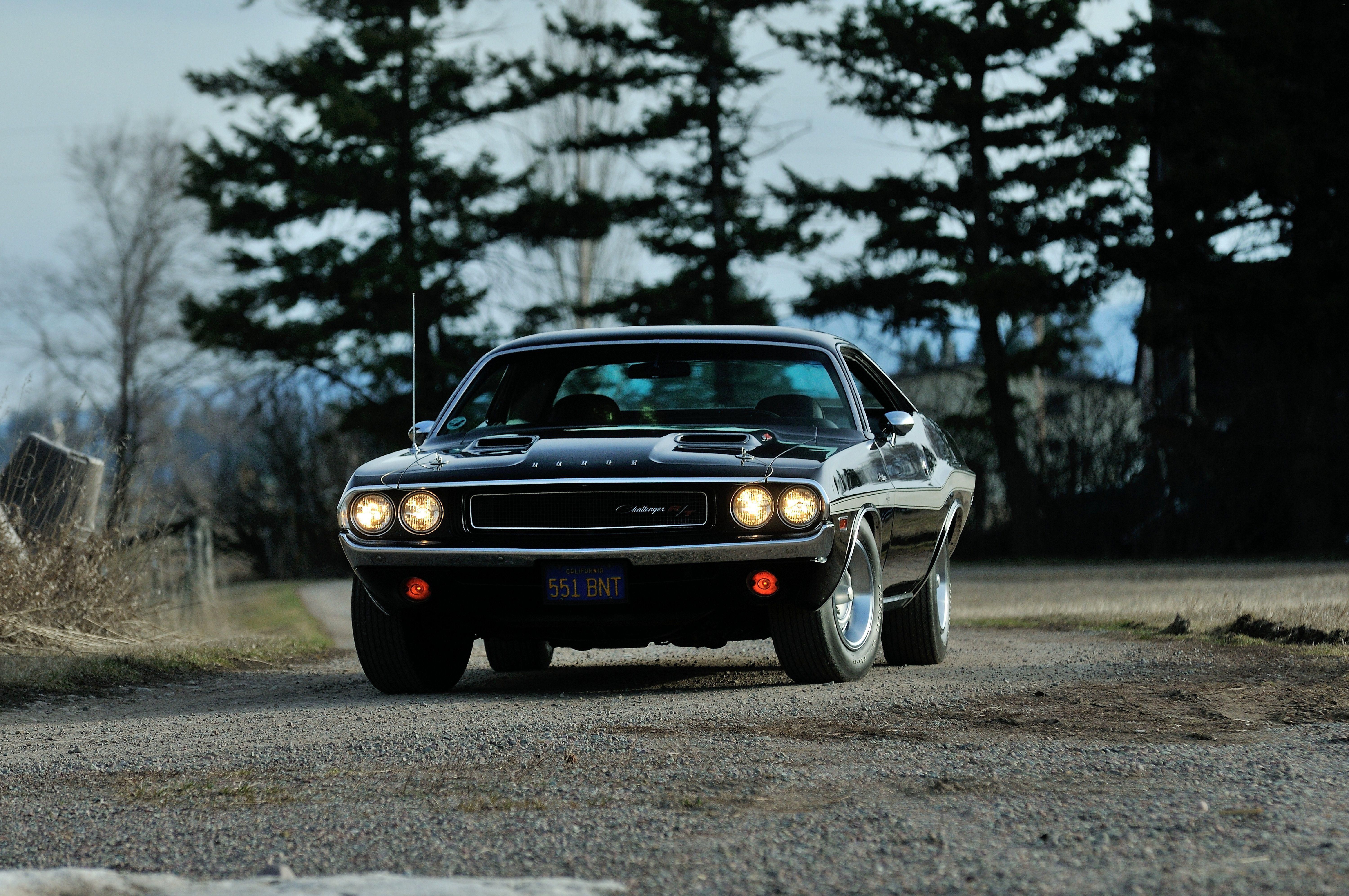The 1970s was the era of pony cars in the USA. The streets were filled with affordable, compact, highly styled coupes or convertibles with a "sporty" or performance-oriented look. Some of the common characteristics of pony cars included rear-wheel drive, a long hood, and a short deck-lid. Dodge, an American automobile brand was one of the pioneers behind the growing popularity of pony cars back in the day.
In 1970, they decided to take a step further and launched the Dodge Challenger. The very first of the first-generation 'Challenger' cars, the 1970 Challenger was built using the Chrysler E platform (two separate and unrelated car ranges) in hardtop and convertible body styles. It shares most of its components with the Plymouth Barracuda - another iconic pony car.
While the Dodge Challenger series has survived the test of time in the form of second and third generations and remains in production to date, the 1970 Challenger was the beast that started it all. The vintage car laid down a solid foundation for the company and even today remains one of the most iconic cars in the world.
What makes the 1970 Dodge Challenger a classic? Let's have a look.
Pioneer of First Generation Challengers
One of the most celebrated cars of all time, the Dodge Challenger 1970 was a catalyst for development for its successors and competitors. Launched in 1970, it was this vintage beast that started it all and laid down the foundation of the Challenger series for years to come. The 1970 Challenger was made available in 3 variant models, namely the two-door hardtop, the Special Edition two-door hardtop, and the convertible.
It was launched around 6 years after the Ford Mustang made its debut, as a late response to the iconic Ford car. Its two main competitors were the Mercury Cougar and the Pontiac Firebird. Designed by Carl Cameron, the 1970 Dodge Challenger was aimed at the young American buyers who craved pony cars - a longer wheelbase, larger dimensions, and luxurious interiors. It featured a front-engine, rear-wheel-drive layout. At 110-inch, the 1970 Challenger's wheelbase length was substantially longer compared to most of its rivals. With a length of 4860mm and a height of 1290mm, the 1970 Challenger's dimensions felt just about perfect. It boasted a top speed of 235 km/h and looked stunning when it took on the streets.
The Special Edition hardtop version of the 1970 challenger hit the ground running with car lovers admiring the luxurious amenities on offer. A standard Vinyl roof with an “SE” medallion on the pillars, was accompanied by leather and vinyl bucket seats added to the appeal of this bad boy. The interior console overhead contained three light signals representing low fuel, seat belt, and door ajar warnings.
The impeccable features and luxurious amenities on offer meant that all versions of the 1970 Challenger were a massive hit among automobile lovers. Safe to say, it was the ultimate pony car from the golden era.
Racing History and the 1970 Dodge Challenger T/A
The Dodge Challenger Trans Am (T/A) was an exclusive model that was only available for the 1970 model year. As the name suggests, it was a racing homologation car of the 1970 Dodge Challenger. Dodge built this race car to participate in the Trans American Sedan Championship (aka Trans Am), organized by the Sports Car Club of America. The Challenger T/A was one of the first-ever US pony cars to fit different tires on the front and back of a car. The front of the car sported E60x15 Goodyear Polyglas tires and the rear was equipped with G60x15 tires. The makers included thick dual side stripes, bold ID graphics, a fiber-glass ducktail rear spoiler, and front spoiler while crafting this vintage racing model. Its interior remained identical to the standard Challenger models. The car was fortified with a trio of two-barrel carburetors to create the 340 six-pack engine.
Dodge decided to seek the help of Ray Caldwell owned AutoDynamics based in Massachusetts to run the Trans-Am team factory. They built the #77 Challenger T/A that was driven by Sam Posey in the 1970 Trans Am: widely regarded as the greatest ever season of professional road racing in US history by pundits. Posey competed against the likes of Parnelli Jones, Dan Gurney, Mark Donohue, and Jim hall, among others that year. Despite the competition, the T/A managed to secure a few top-three finishes. Dodge eventually discontinued it and pulled out of the race series the following season. Only 2,399 T/As were ever made, despite the early promise and show.
Legacy
The Dodge Challenger legacy runs to this date with the car still finding itself in production, even after exchanging hands and several situations over the years. The present-day Challengers take inspiration from this classic but none of them can match the legacy of the 1970 model.
It has survived a number of decades and remains among some of the most celebrated classic cars in today's times. A longer wheelbase, larger dimensions, and luxurious interiors - the 1970 Challenger's features and prestige remain unrivaled even in 2020. Classic cars are known to fetch insane value these days, thanks to their exclusivity and vintage appeal. While its exact value remains unknown, this rare beast could be easily worth around $3 million.




